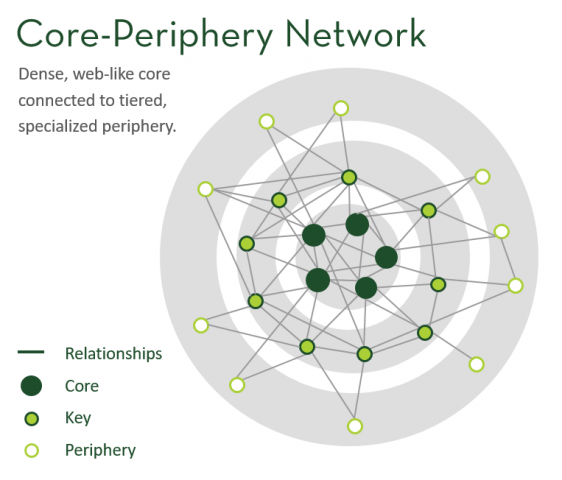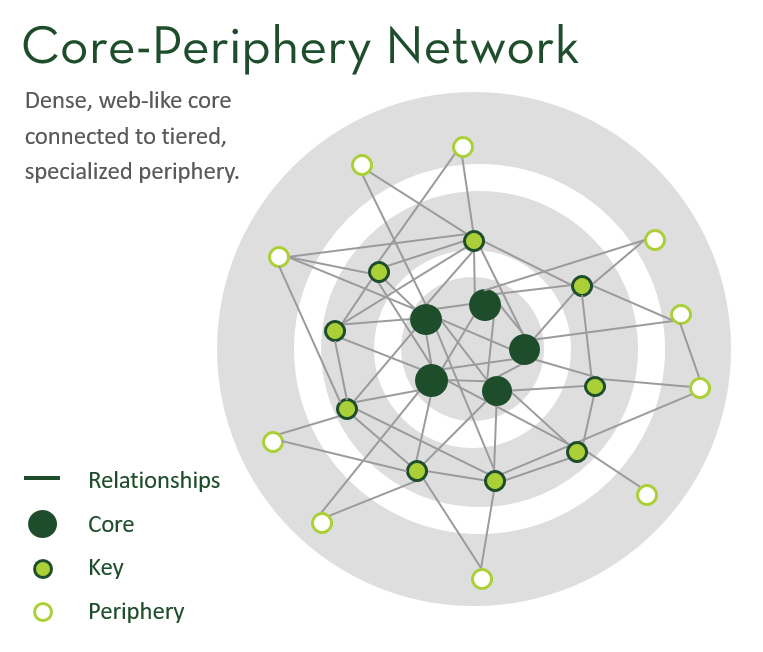
6 Principles of high performing teams
This blog originally appeared on Colorado State University’s website. Slipstream worked with a team at the Institute for the Built Environment to develop an on-demand webinar on the Integrative Design Process.
The Integrative Design Process (IDP) has the potential to radically change the way that we make decisions in building design and construction, and to improve project success and efficacy. However, integrative design projects often fail to realize success because optimal team structure is not achieved. How can we create and facilitate successful teams?
The team at the Institute for the Built Environment (IBE) got tired of watching project teams struggle and decided to determine the ingredients for success. Particularly if you’re a project manager, read on for a snapshot of six principles of high-performing teams.
PRINCIPLE 1: START WITH COMMITMENT
Successful projects happen when the entire team is fully committed to the integrative design process. Collaboratively set this foundation to create buy-in, motivation, and connection to purpose, and builds personal agency within project team members.
How?
- Create a project charter that outlines the project’s guiding principles and goals and have all team members sign it.
- Be sure that all team members feel safe taking risks, thinking outside of the box, and adopting new approaches.
PRINCIPLE 2: IDENTIFY A FACILITATOR
Finding creative solutions to designing high-performance buildings on a limited budget requires creativity and innovation, which comes from divergent rather than convergent thinking. Bring in a trained third-party facilitator to design and lead project meetings. At first glance, it may not seem worth the investment. But skilled facilitators can foster divergent and convergent thinking, and help establish shared vision, priorities, and overall alignment in ways that a project team member cannot. And those are ingredients for project success.
How?
- Provide opportunities at key points of the project to invite input from stakeholders who aren’t part of the core team, but who can provide valuable input.
- Provide opportunities for free-flowing discussion and encourage diverse points of view.
PRINCIPLE 3: DEFINE YOUR TEAM NETWORK

Identify and understand all members of your team and when they need to be engaged. This cultivates new ideas and enables core team members to make well-informed decisions. It also provides a forum for double-checking decisions with specific knowledge-holders in the periphery. Create a stakeholder RACI matrix (Responsible, Accountable, Consulted, or Informed) aids in understanding which team members to involve at which phases of the project.
How?
- As a project manager, ensure that all team members understand why they have been engaged on the project.
- Ensure that everyone understands the project process: how much time is expected of them, what input is needed when, who will make final decisions, and how decisions and progress will be communicated (e.g. stakeholder RACI matrix).
PRINCIPLE 4: ESTABLISH RULES OF ENGAGEMENT
Rules of engagement, sometimes called ground rules or communication guidelines, help establish expectations for group communication and ultimately help the team keep moving in the same direction. Lead your team in establishing its own rules at the beginning of the project to help
establish group buy-in and expectations.
How?
- Ensure that all team members recognize the value they each bring to the project.
- Create a safe space and a culture of respect and open-mindedness.
PRINCIPLE 5: CENTRALIZE COMMUNICATION
Ensure that your team receives the right information at the right time by developing a communication strategy and platform for knowledge sharing and input gathering. This will increase productivity and innovation by maximizing information exchange across the entire team, from core team members to those who are engaged only at key points.
How?
- Provide forums for discussing and learning from others, and mechanisms for giving meaningful input. This could be in the form of meetings or an online platform.
- If you’ve never met a team member, ask to meet them in person before making a project request. If distance makes this impossible, pick up the phone or schedule a video call.
PRINCIPLE 6: CREATE & UTILIZE AN ACCOUNTABILITY SYSTEM
By involving all team members in the project process, you engender ownership in everyone and help ensure that the project goals are reached. Revisit these vision and goals often throughout the project to remind the team of its aspirations and its familiar, agreed-upon framework for holding everyone accountable.
How?
- Facilitate the creation of a shared project vision first, then co-create goals with measurable metrics.
- Use the vision and goals to track accountability.
- Start all meetings by reminding the team of initial goals and vision and refer back to them when things go off-track.
To learn more about how you can lead your teams to success using integrative design, check out the on-demand webinar, Integrative design process for high-performance teams, or the whitepaper, The Social Network of Integrative Design.